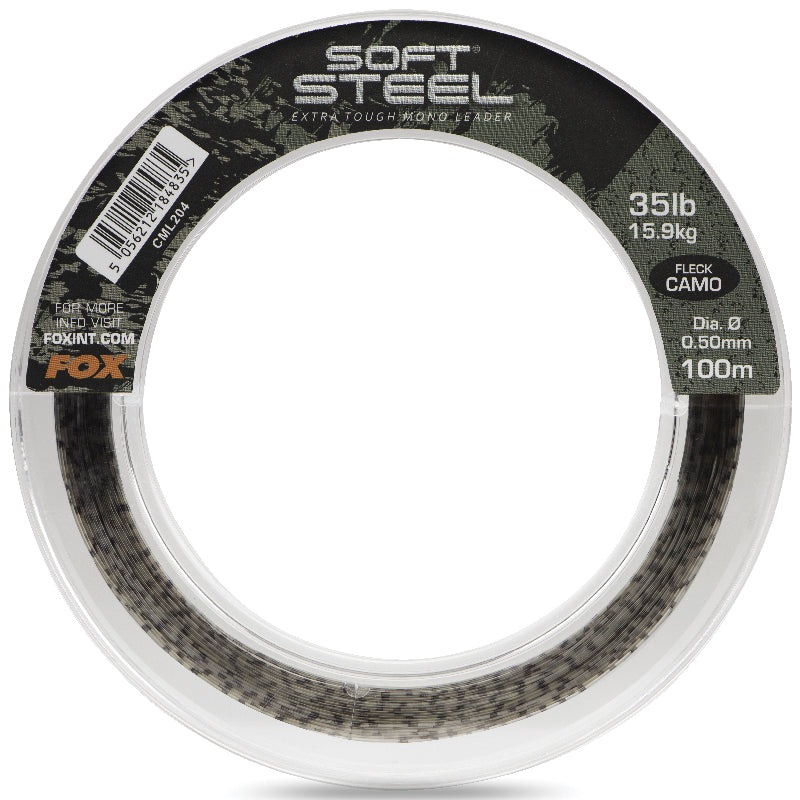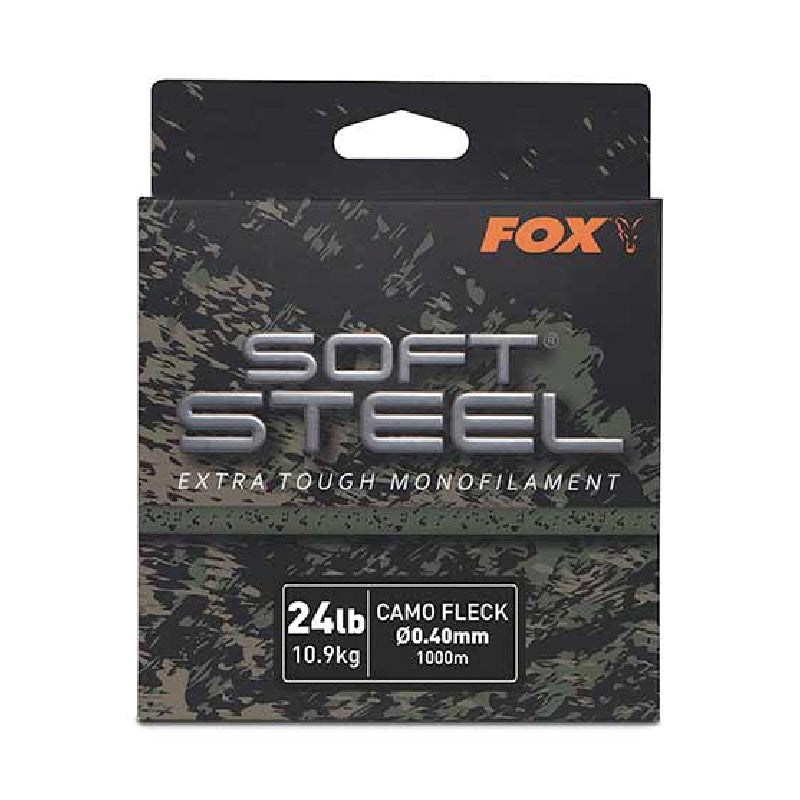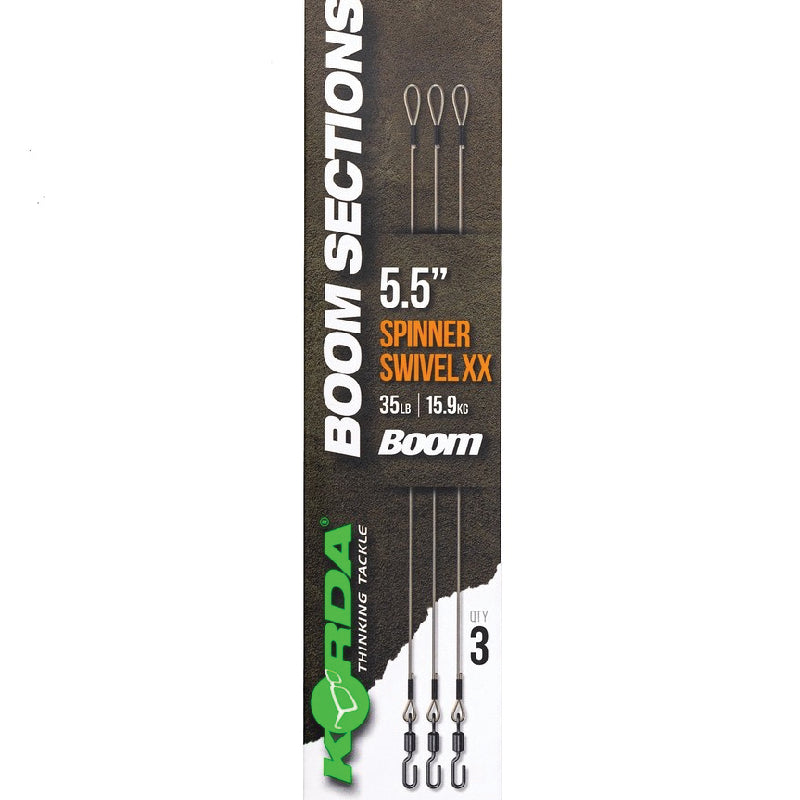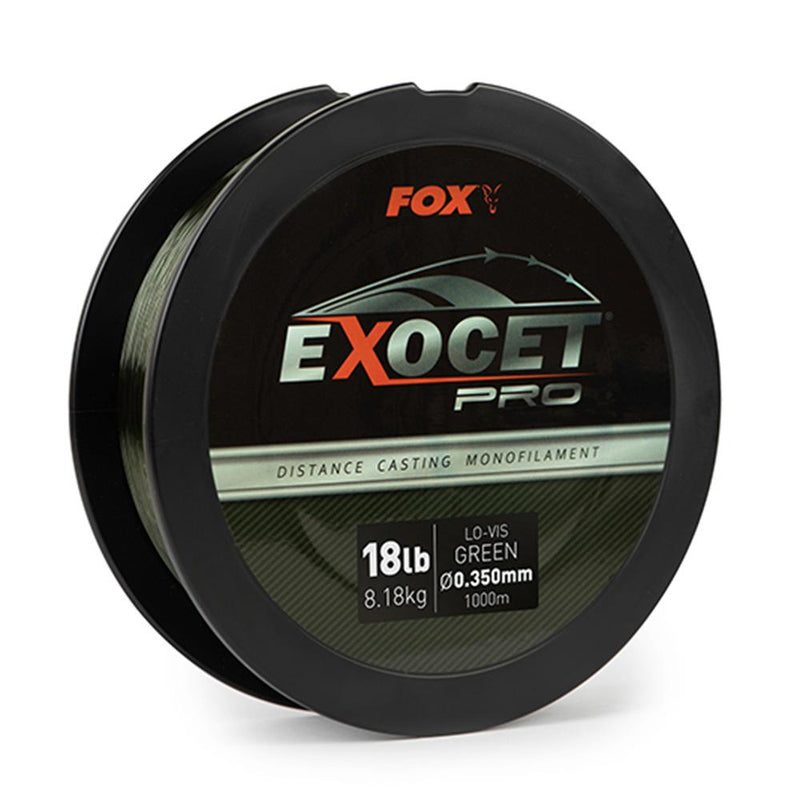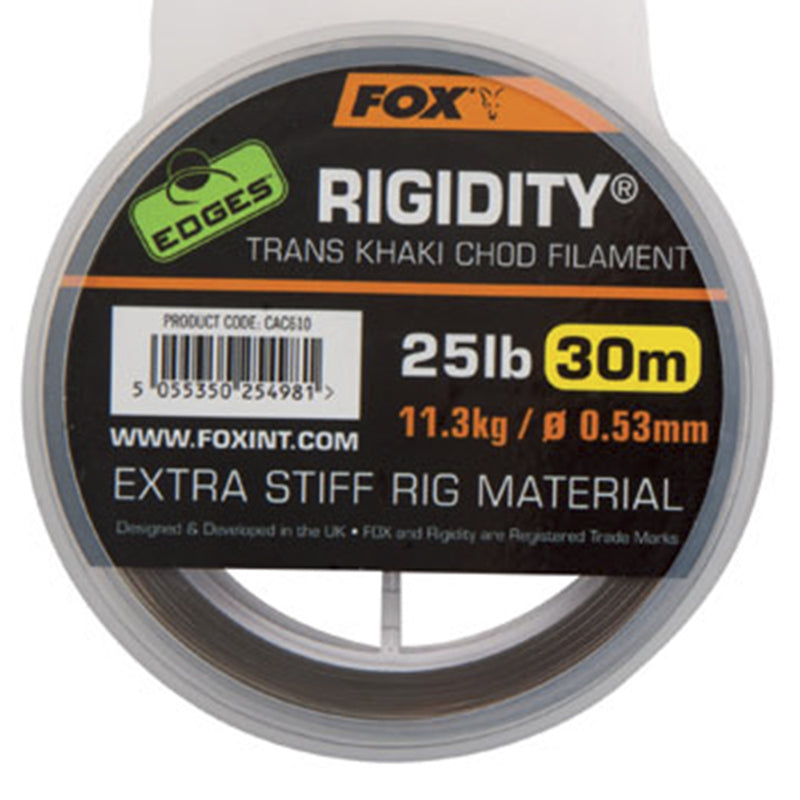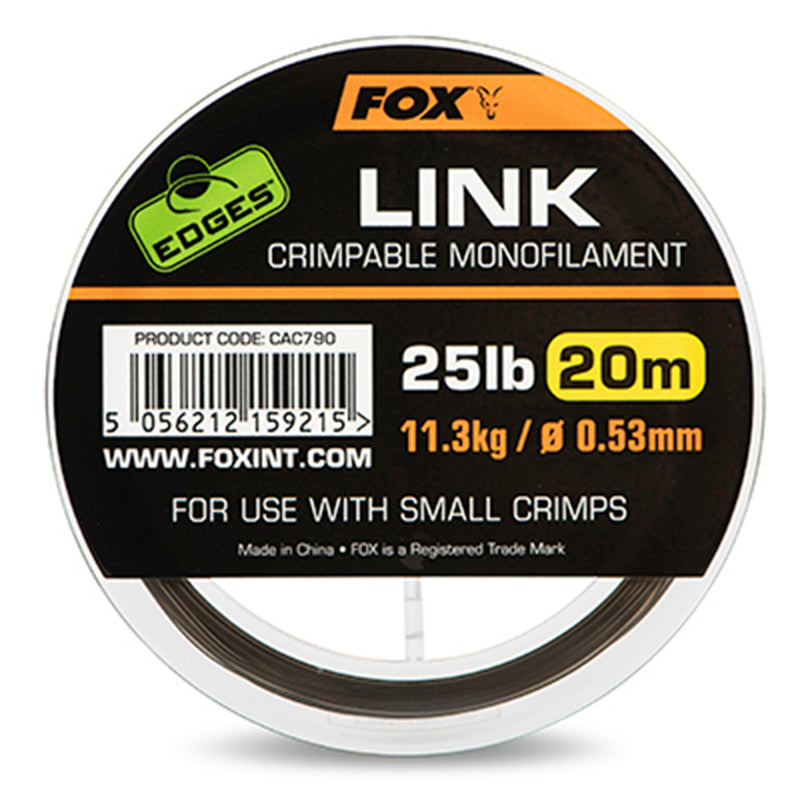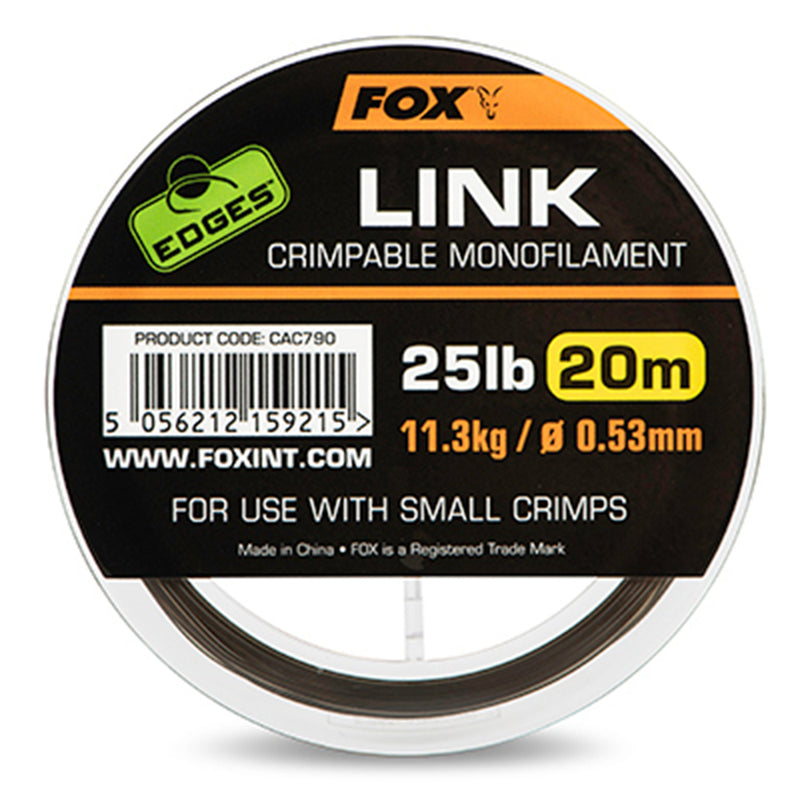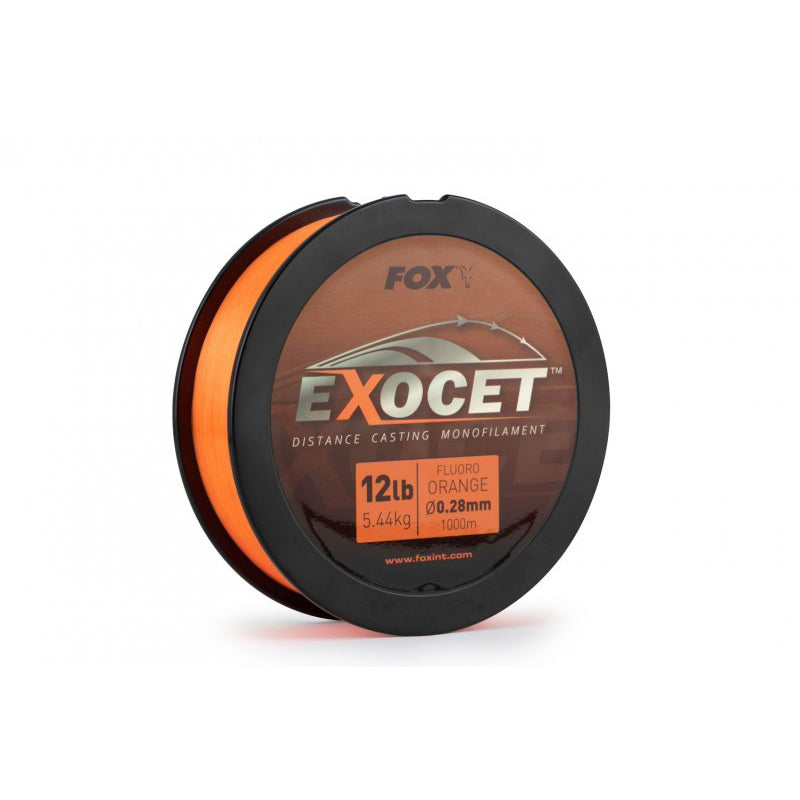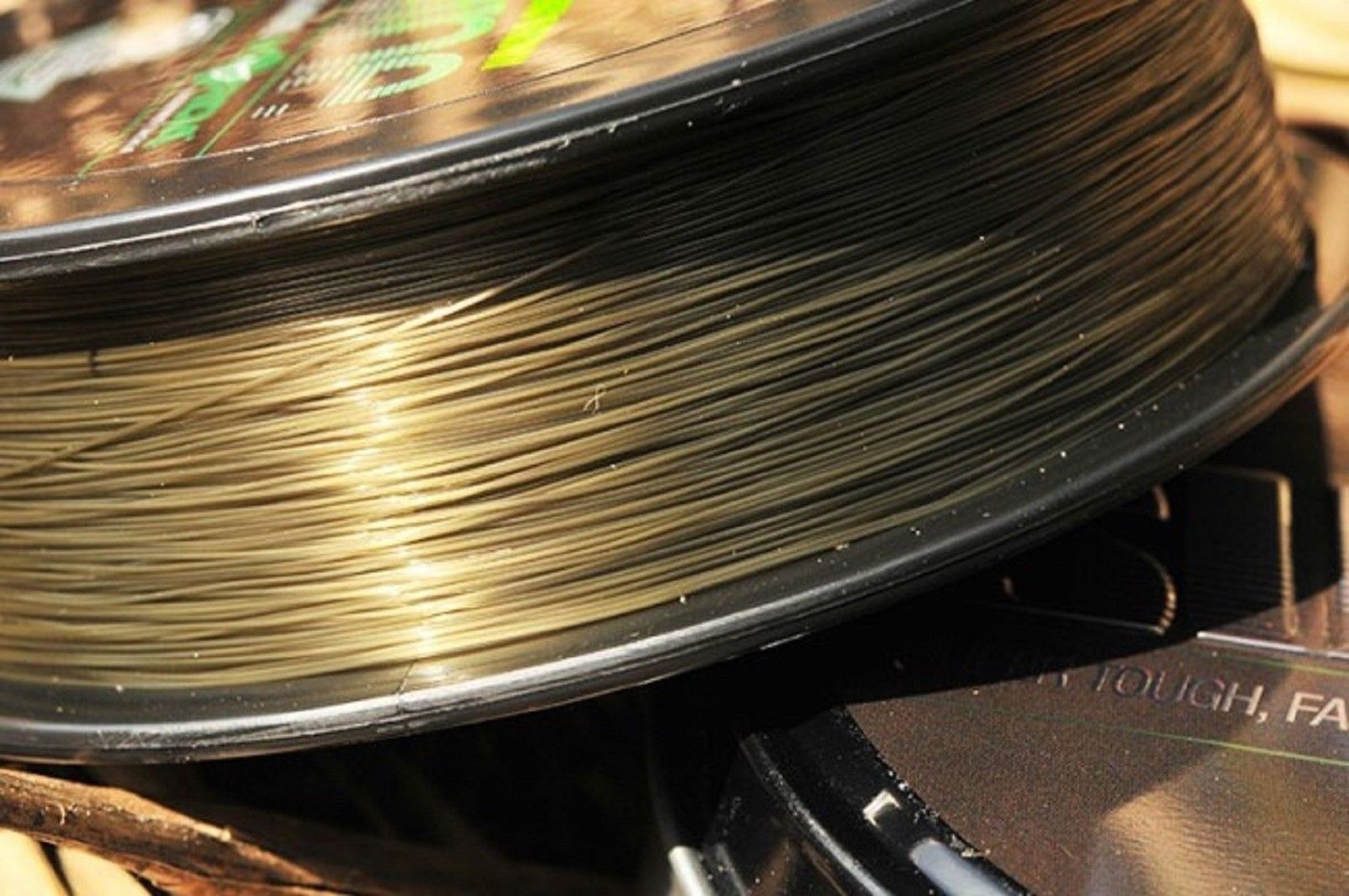
Have you bought the new reels and you have to imagine them with an excellent carp fishing monophile? Or maybe you want the braid? If you don't know what to choose, read this guide, let's explain how to do it!
There choice of the flush to be padded On Carp Fishing reels It depends on the type of environment And from the type of fish that we intend to do.
To make the overview easier, we will treat i types of wire one by one, indicating the uses and situations in which they can give their best.
And we will give some suggestions on the pros and cons of their use.
Basically, as regards Carp Fishing, There are three types of wire To be padded on the reels: nylon, fluorocarbon, braid. Let's see them one by one.

NYLON
Undoubtedly the most common "coil" thread Because it allows us to cover many situations.
Of course, there are on the market many types of nylon, each with main characteristics.
For example, there are nylon very soft made especially for the launch, while others are more rigid and resistant, to resist abrasion and strong tractions.
To explain it in simple words, many different threads end up under the name of "nylon" and, for example, with the same diameter (0.35mm), The differences can be many.
If we want to consider, however, the characteristics common to all nylon, we can say that this is the classic thread that is always good.
Allrund, to start and also for the more experienced, who obviously will choose their nylon based on needs (launch, resistance, mimicry).
The question we have to ask ourselves is: Where will I fish? If the answer is "a little bit everywhere", then the nylon is the one for us because it guarantees us resistance and durability, as well as good performance from the point of view of the launch.
THE defects, compared to a braid, have to do with his elasticity and his breaking. The nylon is very elastic (some types stretch almost double the length "at rest") and the linear seal of the weight, with the same diameter with the braid, is much lower.
That's why If we have to fish long distance with the boat it is better to use the braid: Being inelastic, it immediately transmits the skews even at over 300 meters from the shore, and is more reactive than the nylon in the fight.
Before moving on to the next material, let's talk about river. Who Fishing In the waterways, in the current, it has in nylon his obligatory choice, because it is smooth: The braid, being rough, collects debris, in particular algae and suspended waste.
We would be forced to recover the lines every three for two to free them from debris.

BRAID
We anticipated a use: the braid is needed If we want to fish a very long distances.
For three reasons:
- Resistence: On average, a 0.35 braid also keeps 50 pounds, that is 22 kilos, while a good nylon at most reaches 13. This translates into extreme power in combat and reactivity at the time of the ferrata;
- Inelasticity: The braid does not stretch, so it makes us "feel" all the reactions of the fish, from the moment of the tanning to the wag. When we fish at great distances, even 500 meters from the position, hearing the slightest movement of the line is essential to react quickly and start recovery. The inelasticity (combined with the resistance) is also fundamental for the Fishing Near the obstacles: if the fish try to slip inside, thanks to the braid we can block it immediately, which we could not do with a more elastic nylon;
- Diameter: Thanks to the large breaking load of the braid, we can use threads of thinner diameter than the nylon. Making a practical example, a 0.23 nylon is absolutely not good to drop the lines to great distances, while a 0.23 of braid has kept more than enough. This translates into the possibility of filling the reels more, that is, we can load more thread by keeping the same coil. This is a fundamental corollary for those who need to look for carpes with great distances from the shore using the boat.
Long distance, obstacles and ... launch. We insert a third element here that could convince ourselves to imagine the braid.
To reach long distances by launching with your feet on the shore we can do several things, such as improving the technique, buying ad hoc canes and reels with a large coil.
But the simplest thing is Reduce the diameter of the thread to the coil. There Great estate of the braid allows us to use very small diameters and therefore to reach greater distances.
Some garists come to mount 0.15mm braids to reach 150 meters: they are exaggerations due to specific situations, of course, but they represent well one of the peculiarities of the braid wires.

At this point, however, we must talk about the defects, because so far we have painted the braid as "the" coil thread par excellence.
Here they are:
- Poor abrasion resistance: Compared to a nylon, the hold of the braid to the rubbing is almost nothing. A braid tense under the heads of the fish, hitting a rock or a musty shell, jumps in an instant. That's why we have to be careful of the environment in which we fish: if there are sharp rocks, shells, or metal structures, the braid is to be forgotten. We risk losing all adhered fish;
- Cost: the braid costs, and also in the entry level band the prices are high. Of course, once padded and well -kept, it can last 10 years in the coil, but compared to the nylon the price is really high;
- Buoyancy: Today on the market there are sinking coil braids, but they cost even more than the classic ones. They have been created to eliminate the main defect of practically all braids on the market, namely the fact that float. In the long range, or the Fishing At a great distance with the boat, this flaw is very annoying because it translates into lines torn from the engines of other boats, in entrusted floating debris that cause tremendous "bellies" and in continuous bips of the warnings due to the slightest breeze that moves the line to Galla. We can solve the problem by applying the curtains, but the operation, the larger the distance is, the more cumbersome it is. If we decide to imagine the braid we keep in mind its great floating quality: also in the Fishing At launch it could translate into annoying vibrations at halfway through the terminal.
Let's summarize: the braid is fine to fish at long distances, to bring out the carp into areas rich in obstacles (not sharp though!) And to launch beyond the horizon using the great seal in the face of reduced diameters.
With a final advice: we always wet the coil and the braid before producing in powerful launches: the risk of wigs, when we are dealing with such an expensive thread, we cannot afford it.

Fluorocarbon
It is the "fashion" of the moment. It looks like a nylon but it is not at all. It differs to him for these qualities:
- Invisibility in water: if placed between the eye of the fish and the sun, the fluorocarbon is invisible. The particular degree of refraction makes it a "ghost" thread, which fish with the eyes cannot see;
- Weight: Fluorocarbon has a major specific weight than the nylon, and this translates into an absolute nonsense. Who Fishing In Cava he uses this quality to fish correctly with the so -called "Slack Line", or the soft line, completely on a ban, so as not to frighten the fish with the vibrations of the wire by half water;
- Poor elasticity: compared to a nylon, fluorocarbon is much less elastic, and this translates into greater prey control, as well as in greater emotions during combat, because the power of the fish will be down more on the rod;
- Rigidity: This quality translates into greater precision in the launch because the wire "drowns" less during the flight.
Like the braid, fluorocarbon also has its own defects. The first has to do with the seal in relation to the tear, which is low.
If we have to fish close to obstacles and we are forced to ferry suddenly and with power, it is better to use nylon, because fluorocarbon on the tear is weak.
In addition, it is a delicate material: The sunlight and the unrehemies deteriorate much faster the Nylon fluorocarbon.
Third defect are the quality in the launch: if the rigidity It helps us as precision, actually adversely affects maximum distances, because the thread will be padded in a much less harmonious way.
So when to imagine fluorocarbon? The ideal is precisely the Fishing In the quarry, at medium-chief distances and in search of very smart fish.
Sportit.com
Reserved reproduction
